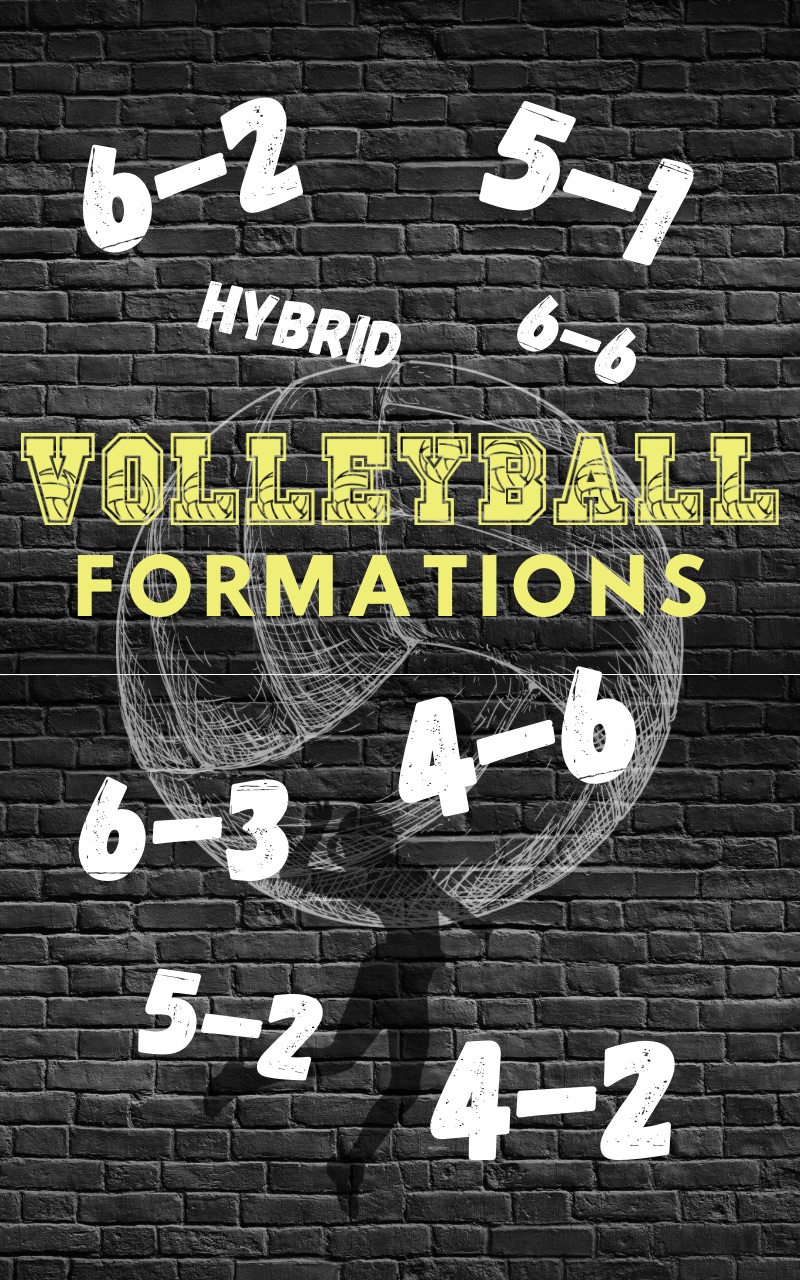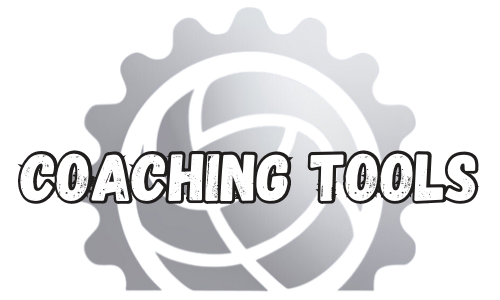
|
The Art of Setting: Tips for Coaching Great Setters
| |

1. The Foundation of Technique: Great setting begins with a strong technical foundation. Teach setters the proper hand positioning, footwork by telling them to "Get their feet to the ball", and timing. Emphasize consistency in the release of the ball and the placement of sets. Consistent technique forms the bedrock for all other aspects of setting. 2. Vision and Decision-Making: Setters must have exceptional court vision and decision-making skills. Encourage them to read the defense, recognize blocking strategies including "Block-checking" the defense, and understand their attackers’ preferences. Coaches should provide opportunities for setters to practice making quick, effective decisions under varying game situations. 3. Communication is Key: Effective setters are vocal leaders on the court. They communicate with precision, conveying play calls and encouraging teammates. Encourage setters to develop a strong and clear voice, as well as the ability to adapt their communication style to different situations. 4. Ball Control and Consistency: Setters should be masters of ball control. This means working on consistent and accurate sets and accepting feedback from their hitters (setters should initiate the conversation), even during challenging passes or tight situations. Training should include a focus on varying sets, from quick-tempo sets to higher, more loopy sets. 5. Leadership and Resilience: Setters often face tremendous pressure, especially in high-stakes situations. Encourage mental toughness and leadership qualities, teaching them to stay composed, inspire their teammates, and bounce back from mistakes. 6. Embrace Creativity: Great setters are not limited to a single style of setting. Encourage creativity and innovation. Empower your setters to try unconventional sets and connections with hitters. The element of surprise can be a valuable asset in their toolkit. 7. Video Analysis and Feedback: Utilize video analysis to help setters understand their performance. Regularly review match footage with them, providing constructive feedback to enhance their skills and decision-making. 8. Competitive Drills: Incorporate competitive setting drills that mimic real-game situations. Encourage setters to compete against blockers and defenders, further enhancing their ability to read the game and adapt. Conclusion: Coaching great setters is a delicate blend of technique, vision, leadership, and creativity. By focusing on these aspects and nurturing a well-rounded skill set, coaches can shape setters who are not only capable of delivering precise and hittable sets but also serving as the heartbeat of their team’s offense. These players become the architects of victory, orchestrating the plays that lead to success. With the right guidance and training, the art of setting in volleyball can truly be mastered. |

 Purchase Ebook on Amazon Purchase Ebook on Amazon
|
Volleyball techniques Volleyball strategies Volleyball drills Volleyball skills Volleyball fundamentals Volleyball tips Volleyball training Volleyball coaching Volleyball playbook Volleyball exercises Volleyball equipment Volleyball gear Volleyball practice Volleyball coaching tips Volleyball playing tips Volleyball tutorials Volleyball lessons Volleyball techniques for beginners Volleyball skills development Volleyball coaching tools Volleyball teaching aids Volleyball improvement tips Volleyball tactics Volleyball game strategies Volleyball mental preparation Volleyball injury prevention Volleyball nutrition tips Volleyball warm-up routines Volleyball conditioning exercises Volleyball recovery techniques








